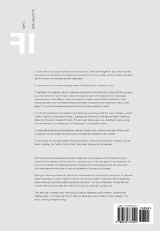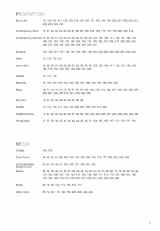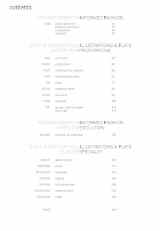

Overview Fashion Design Product Development Illustrations About the Authors Testimonials Order Contact Us Home
OVERVIEW
IF is divided into four major sections

 The
first section deals primarily with the tools that designers, illustrators and product
managers require and the thought process required to make the best choice of tool for the
situation. IF provides a basic croquis for each of the major
proportions covered further in depth, a reference guide to use in the choice of media and
papers, a key to some basic balanced composition formulas and a detailed discussion on the
importance of sketching in the industry and the role that it plays.
The
first section deals primarily with the tools that designers, illustrators and product
managers require and the thought process required to make the best choice of tool for the
situation. IF provides a basic croquis for each of the major
proportions covered further in depth, a reference guide to use in the choice of media and
papers, a key to some basic balanced composition formulas and a detailed discussion on the
importance of sketching in the industry and the role that it plays.
The
second section divides each chapter by the basic markets and proportions. Each chapter in this section focuses not only on
the proportion, but also the styling details both of the clothing and the illustration
that make each design appropriate for the market. Within
these pages, the students can immerse themselves in the specific market. Guided by the teacher, the pages can be used as
the basis for design, illustration, product development and marketing discussions. IF
provides a platform on which the class can be built – the goal being a total understanding of the specific
market and a recognition of how all the cogs must work together.
The
third section addresses the evolution of design. This
chapter exists to further hone the students’ skills in order to adapt their designs
based on what is expected and wanted from their particular customer. All designers are inspired at relatively the same
time by the same things – certainly given the existence of predictive services, many
design houses are looking at the same concept boards and color palettes. The key to being truly successful lies in being
able to adapt theses images and translate them effectively to a particular market. What works for the designer market will not be
appealing to the Missy customer. This is
where taste comes into play. Each market has
its own taste, its own boundaries due to body type and its own price point and mark up
that have to be acknowledged. By presenting a series of four markets side by side both in
illustration and callout form, the differences as well as the similarities can be observed
and studied.
The
fourth section pin points what have become specialty niches in the industry. Due mainly to the very specific end use of the
product, or the specialty nature of the fabrication, IF singles out these areas for their
own study. As the true growth areas of the
industry, these niche products require further exploration.

 The
index for the book has been designed as a working tool rather than as a reference guide. As each of the “proportions” have been
represented in the specialty markets as well as the chapter dedicated to that market, the
index is broken into key points of reference - proportions
and media. In this way, the student can use
all the pages that illustrate that market, not just the ones from the specific chapter. For example: the junior girls chapter is thirteen
pages long, but there are twenty-nine pages that include junior girl illustrations. The additional pages can be found in the specialty
sections such as swimwear, active, denim styling and full fashion knits. The media used is the second key point of
reference. Student and teacher alike can
easily find reference for how a specific media has been used to translate the design on
the page.
The
index for the book has been designed as a working tool rather than as a reference guide. As each of the “proportions” have been
represented in the specialty markets as well as the chapter dedicated to that market, the
index is broken into key points of reference - proportions
and media. In this way, the student can use
all the pages that illustrate that market, not just the ones from the specific chapter. For example: the junior girls chapter is thirteen
pages long, but there are twenty-nine pages that include junior girl illustrations. The additional pages can be found in the specialty
sections such as swimwear, active, denim styling and full fashion knits. The media used is the second key point of
reference. Student and teacher alike can
easily find reference for how a specific media has been used to translate the design on
the page.
All four sections have a singular mission – to teach the student how to truly participate in the design process.
INFORMED FASHION IS ABOUT CREATING INTELLIGENT DESIGN!